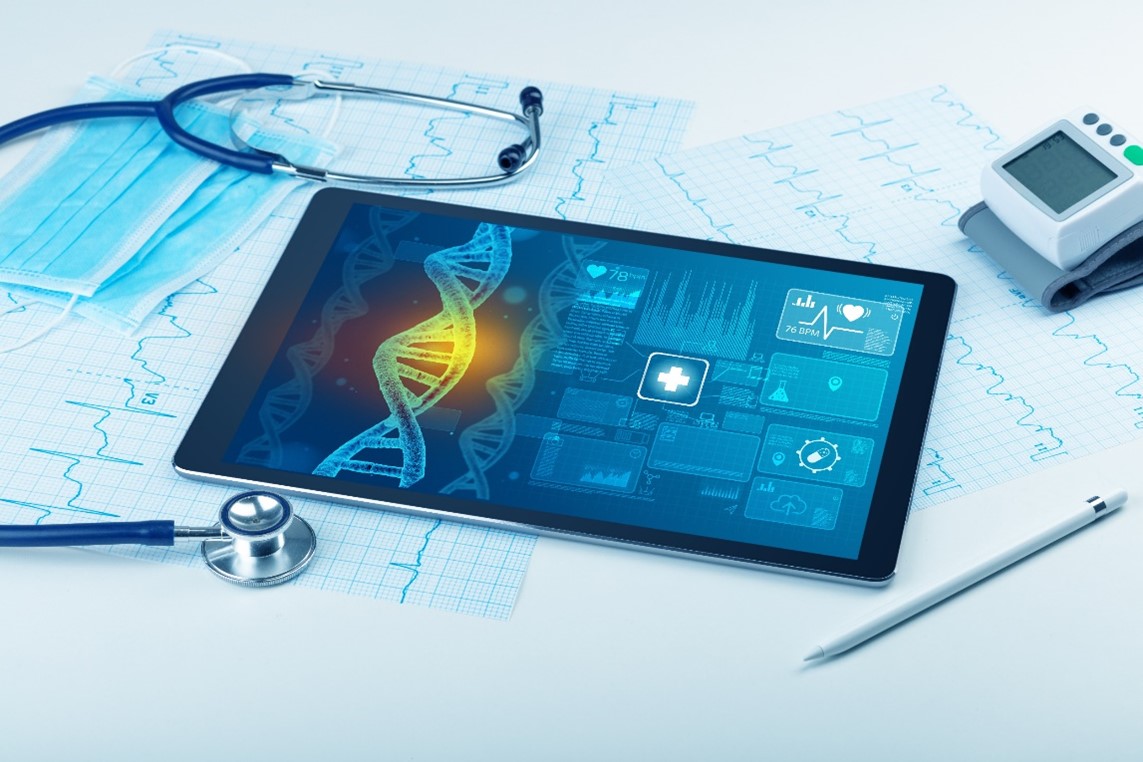Healthcare technology has come a long way in the last few years alone. Since the pandemic, the tech sphere within the industry has accelerated beyond many people’s predictions. From telehealth to remote patient monitoring, John Kim of UCLA says that healthcare has transformed.
However, there’s no denying that the industry still has a long way to go. But recent advancements, like those discussed below, have given it a fighting chance at crafting beneficial innovations to further healthcare across the globe.
Integrated Data Sharing
A major challenge in the field is the lack of information sharing between practitioners. Patient data isn’t routinely passed between consultants, doctors, and other providers, causing delays, frustrations, and, in some cases, physically harmful consequences.
On top of that, it often results in problems for the health systems themselves. After all, withholding information leads to immense amounts of unnecessary costs due to the use of redundant workups and medical labs.
And, when the costs rise, it contributes to the sector’s biggest problem — only well-insured people can access top-quality care.
In the next ten years, experts believe HIPAA-compliant patient data sharing will be one of the most significant advancements to hit the field, benefitting the lives of patients and health systems.
Predictive Analytics
Artificial intelligence and machine learning will increasingly be leveraged for predictive analytics in the field. Both types of advanced technology can allow potentially life-saving predictions for patients of all types.
Such predictions include:
- Remote early infection detection, including COVID-19, by vitals monitoring
- How a particular patient will react to treatment methods or medications
- Which patients will likely be readmitted to the hospital and the reasons behind the readmittance
- Whether a patient will decompensate due to missed preventative medications or treatments
Predictive analytics is already underway, and the sector is in a great position to enable more patients to receive preventative medical treatments, preventing loss of life and hospital admittance.

Medical Life Cycle Clarity
Technological advancements will boost transparency in every stage of the medical lifestyle, stopping misunderstandings and reducing costs.
Currently, it’s fairly common for patients to not completely understand what service is happening, where it’s happening, why it’s occurring, and how much it will cost.
Naturally, that needs to change — and technology can bridge the gap by offering straightforward access to critical information, regardless of where they are.
Around three years ago, the US Department of Health and Human Services published rules that allowed patients this access. But further technological innovations are streamlining it, ensuring that it is easy to understand for the elderly, undereducated, and underinsured.
Mobility Giving Rise to The Healthcare Technology of The Future
Perhaps the largest challenge faced by the healthcare industry and its advanced technology is the initial error rate — after technological products necessitate iteration before they’re deemed reliable.
However, experts say that by working together closely, they can reduce errors while rolling out new tech and ensuring it’s completely reliable.
Ultimately, the change is worth it. And the rising of the mobile workforce is allowing it to happen much quicker than anticipated.

